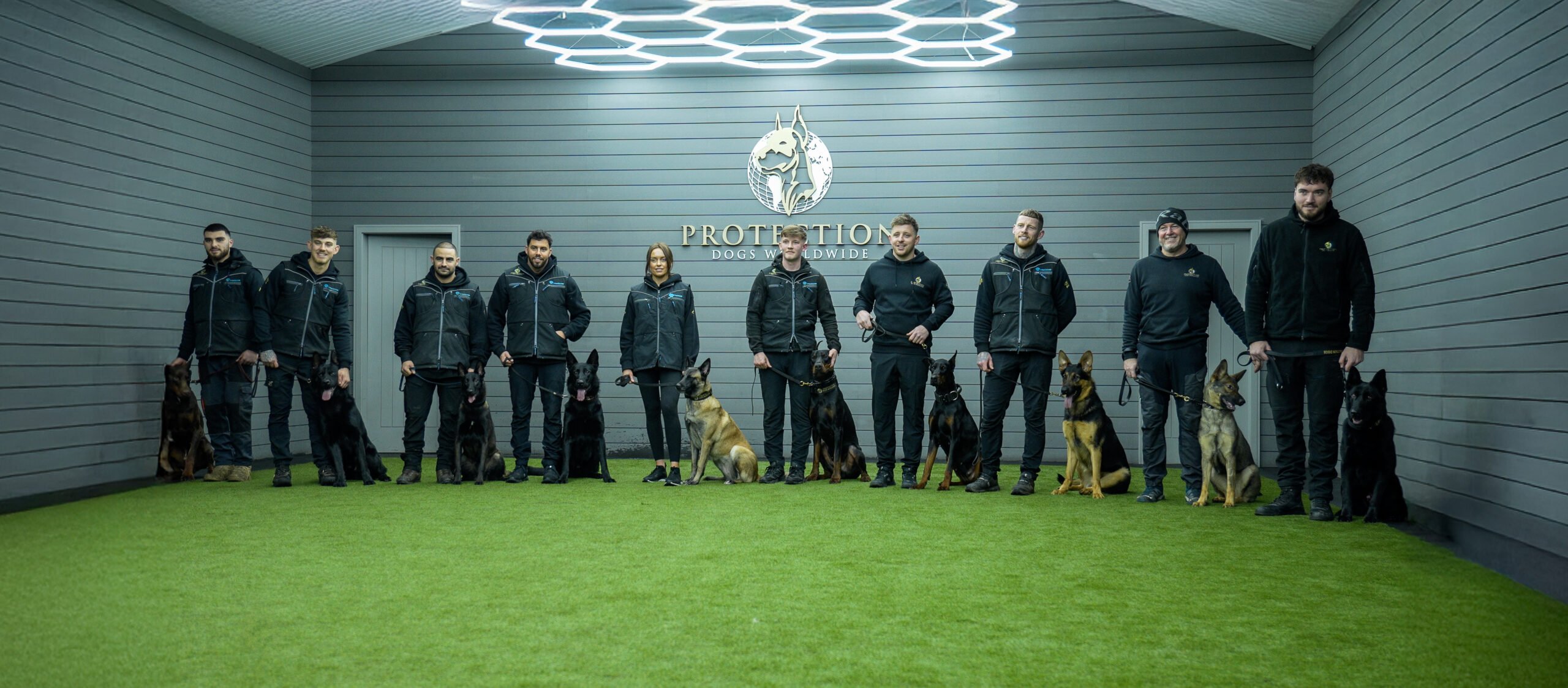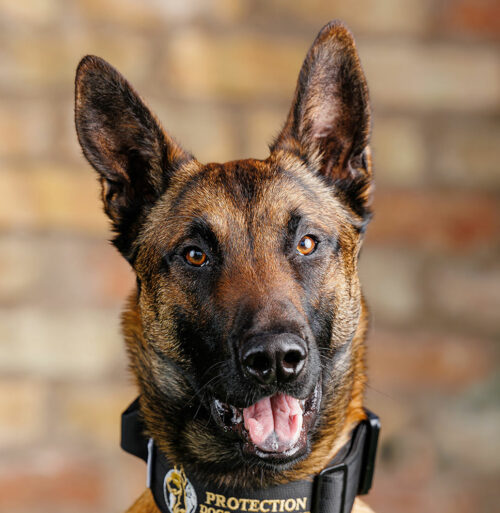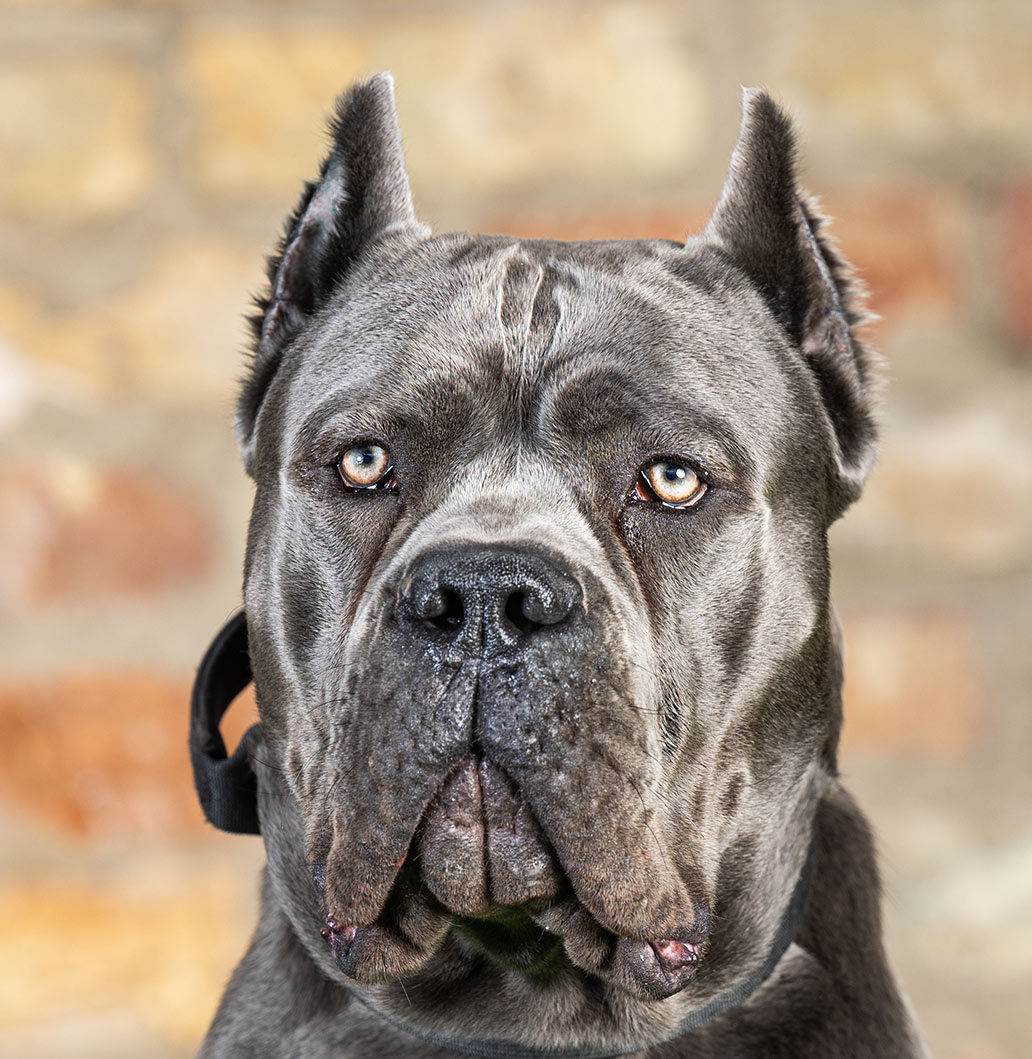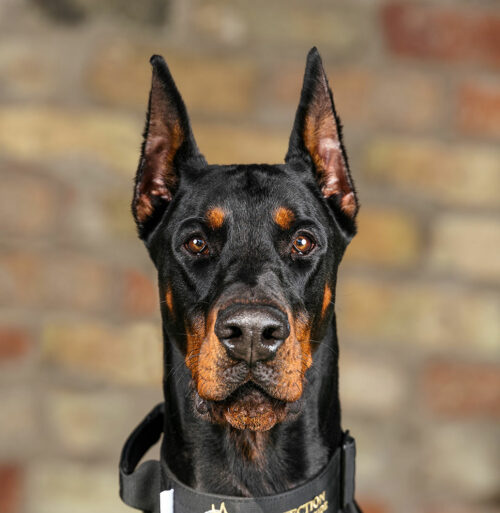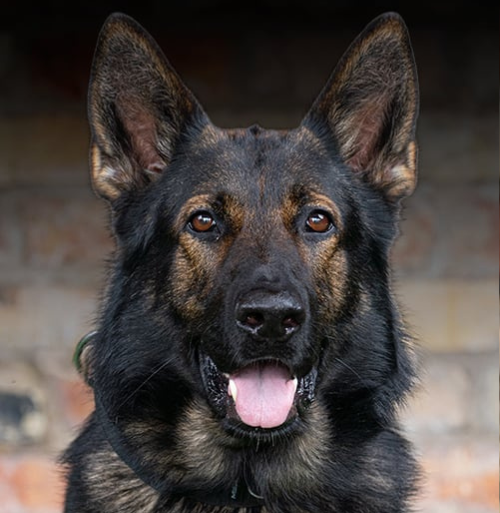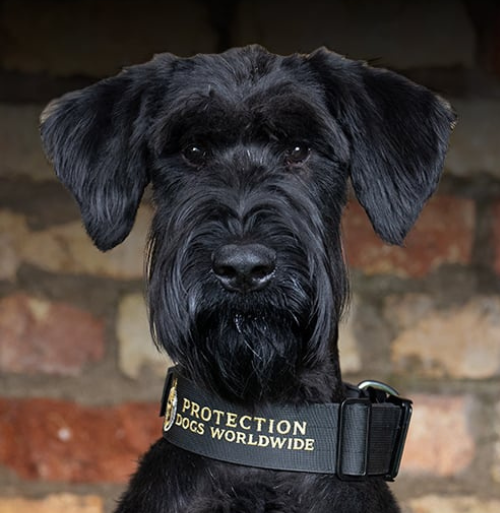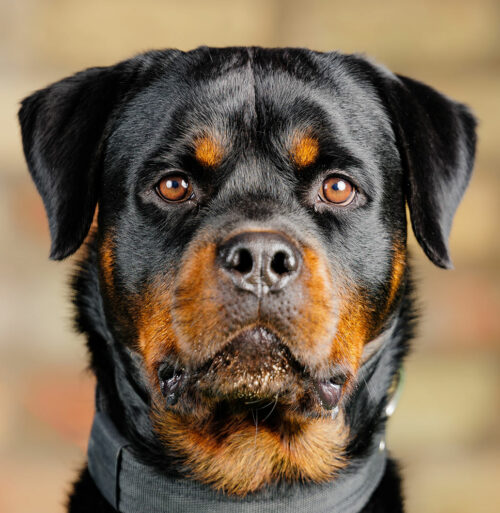30 December 2024
The American Bulldog is a large, powerful, and versatile working breed. While mostly found as a companion, it can also excel as a family protection dog. Its working roots developed uncommon intelligence and robustness which naturally lends itself to the needs of families seeking are highly capable, but equally affectionate dual-purpose companion and guardian.
Developed in the Deep South, American Bulldogs are the descendants of mastiffs and bully breeds brought to the New World by English immigrants. Historically employed as general-purpose farm dogs, what became the American bulldog as we know it today was generally used to protect livestock and property from dangerous wildlife as well as human intruders and hunting feral hogs. While almost extinct by the end of the Second World War, the breed was resurrected by John D Johnson and Alan Scott who were responsible for standardizing it as we know it today.
The American Bulldog is a large, stocky, and muscular breed with a short coat that sheds lightly to moderately requiring relatively little in the way of particular care. White coats are most common, but several other color patterns are also often found. Working line American Bulldogs tend to be slightly smaller and more athletic. Similarly to other large breeds, it is somewhat prone to hip dysplasia as it ages, and with many white-coated dogs may have higher than normal instances of deafness.
Protective and suspicious of unknown humans and animals, the American Bulldog remains a deeply affectionate and fun-loving dog that can be excellent with children and families. As with all large working dogs, it should be properly socialized, obedient on and off leash, and have strong recall. Given their intelligence, American Bulldogs often enjoy advanced obedience training, and its hunting roots mean that scentwork such as tracking can be a particularly effective form of enrichment. As with most mastiff and bully breeds, chew toys are likely to be appreciated and enjoyed. Lots of exercise is a must, and we recommend balancing vigorous free running in enclosed safe spaces with slower exploratory walks with sniffing and nasal exploration.
 English
English
